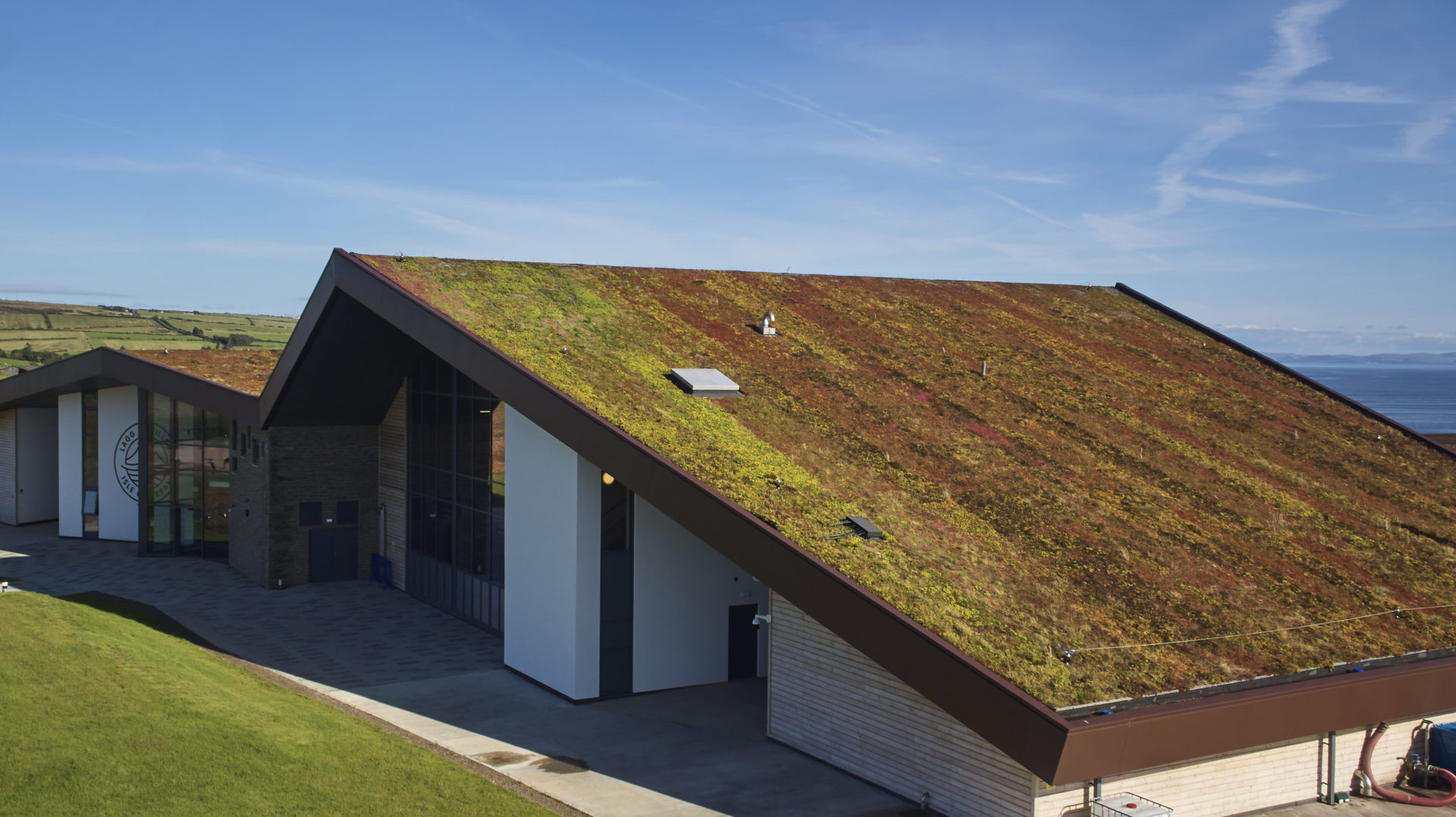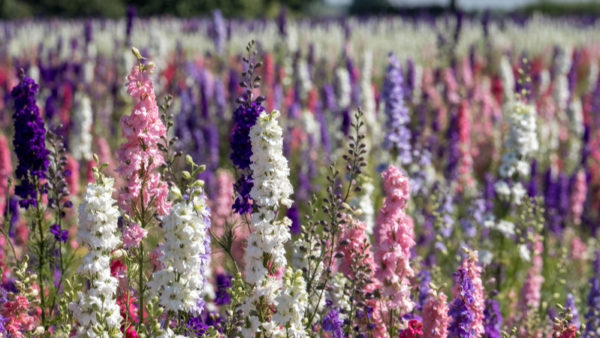A common problem with green roofs, particularly during hot summers and droughts, is ensuring they perform as intended. Chris Roddick explains.

Green roofs are growing ever more popular. London, which has 42% of the UK’s market, now has over 1.5m sq ft of green roofs on its buildings. Last month, this niche sector celebrated the first World Green Roof Day on 6 June.
However, while green roofs are always well intended, one of the greatest challenges, particularly at this time of year, is ensuring they are as healthy on the day of installation as when the building is handed over to the client.
One key reason for failure is the lack of establishment watering at the time of installation.
Roofs are hostile environments for all plants. There is an increase in wind at higher levels and the reduced depth of substrate can dry out quickly when surrounded by a warm building. The perimeter of a planting area is more prone to drying than the centre and so sufficient watering at these vulnerable areas is especially important.
All green roofs require some form of establishment watering which should continue until the plants have developed a sound root system. Establishment watering critically needs a fully operational rooftop water supply with adequate pressure and flow rate at the point of watering, delivered via surface sprinklers.
This initial watering programme is in addition to any fitted irrigation system that will come into operation at a later stage. In warm weather, watering should take place in the early morning or evening to reduce water wastage through evaporation. Different forms of vegetation will require different watering schedules to meet the needs of the plants.

It is not just about watering though; it is also important to respect the vegetation and avoid physically damaging the plants from using the green roof as a walkway or storage area while the rest of the building project is completed.
These measures should ensure the roof stays as green as was intended at installation – rather than turning brown.
10 key points to ensure a green roof is successful at installation
- Ensure all other roof works are completed before the green roof is installed.
- Test the watering system, ensure there is a working water source at roof level with sufficient pressure at the point of watering.
- Do not try to install living vegetation on extremely hot, sunny days.
- Install any vegetation on the day it is delivered.
- If using vegetation blankets, ensure they are laid carefully, and additional substrate is used to patch any open joints.
- Water the vegetation (even in winter) and fertilise if required.
- Watering should take place in the early morning or evening to reduce evaporation.
- Avoid any trafficking of the roof.
- Avoid any storage of materials on the roof.
- Continue to water the roof as required for the whole establishment period.
Chris Roddick is green roof product manager at Bauder.










